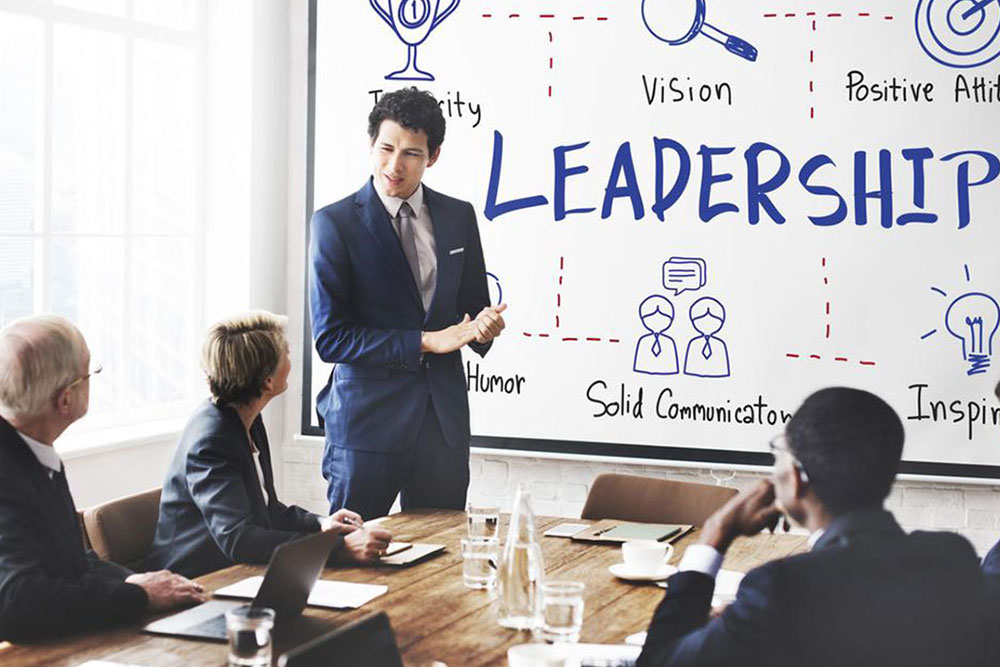Essential Strategies for Leadership Development to Drive Organizational Success
Discover comprehensive strategies for effective leadership development that can transform your organization. This article explores key focus areas such as goal setting, communication, relationships, and continuous learning. Learn how tailored leadership programs foster innovation, improve team dynamics, and prepare future leaders to succeed in dynamic industries. Implement these proven methods to strengthen your leadership pipeline, enhance organizational culture, and drive sustained growth. Perfect for HR professionals and business leaders aiming to cultivate high-impact leadership skills and achieve strategic objectives.

Essential Strategies for Leadership Development to Drive Organizational Success
**Introduction:**
In today’s competitive and fast-changing business environment, successful organizations recognize that effective leadership is the cornerstone of sustained growth and innovation. Leadership development programs (LDPs) are meticulously designed to nurture and enhance the capabilities of current and future leaders. These programs focus on cultivating strategic thinking, fostering communication, and building strong relationships within teams. Implementing key strategic focus areas within LDPs ensures that leaders are equipped not only to meet current organizational challenges but also to capitalize on future opportunities. A comprehensive approach to leadership development involves setting clear objectives, promoting unified communication, strengthening interpersonal relationships, encouraging continuous learning, and conducting ongoing skill assessments.
Defining Clear and Actionable Objectives: Effective leadership development begins with a well-articulated framework that aligns with an organization’s mission, vision, and strategic goals. Setting specific milestones and performance benchmarks helps leaders understand their roles and responsibilities. For instance, a tech company might focus on innovation leadership, while a manufacturing firm emphasizes operational excellence. Clear objectives serve as guiding lights, providing direction and motivation for participants in the LDP. Organizations often model these objectives on industry leaders known for their strategic foresight, fostering a culture of excellence and continuous improvement.
Fostering a Culture of Unified Communication: Miscommunication can lead to project delays, misunderstandings, and weakened team cohesion. A successful leadership development program emphasizes the importance of establishing a shared language and communication protocols. This includes training leaders to convey ideas clearly, listen actively, and foster an environment where feedback is encouraged and valued. By doing so, organizations enhance collaboration across departments and hierarchy levels, reducing barriers that could impede progress.
Enhancing Interpersonal and Collaborative Relationships: Leadership is not just about strategic decisions; it also involves nurturing relationships. LDPs aim to improve vertical relationships—between managers and team members—and lateral connections among colleagues. Techniques such as emotional intelligence training, conflict resolution, and team-building activities promote mutual respect and trust. Recognizing achievements and encouraging diverse perspectives help create a positive work environment, increasing overall productivity and employee engagement.
Promoting Continuous Learning and Development: The landscape of industry trends and technological advancements is constantly shifting. Leaders must stay informed and adaptable. Leadership programs inculcate habits of continuous learning through seminars, workshops, online courses, and access to industry publications. Encouraging curiosity and innovation among leaders ensures that organizations remain competitive and agile in the face of disruption.
Implementing Regular Skills Assessment and Feedback: To guarantee meaningful development, it’s essential to evaluate leadership competencies periodically. This can be achieved through performance reviews, 360-degree feedback, and competency assessments. Identifying gaps early enables targeted interventions—be it additional training, coaching, or mentoring. Particularly in dynamic fields such as technology and digital services, ongoing skill evaluation ensures leaders can effectively adapt and lead change initiatives.
Successful leadership development hinges on aligning program content with organizational needs. Companies must collaborate with training providers to conduct needs analysis, ensuring programs are tailored to specific organizational contexts and industry demands. Post-training, participants should emerge equipped with a strategic mindset, enhanced interpersonal skills, and confidence to lead teams effectively. When executed properly, LDPs foster a leadership culture that drives innovation, operational efficiency, and cultural transformation, helping organizations thrive in a competitive marketplace.





